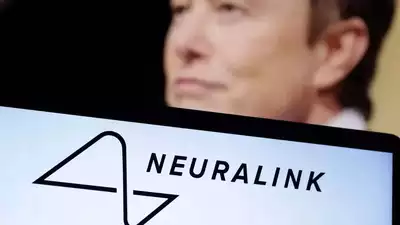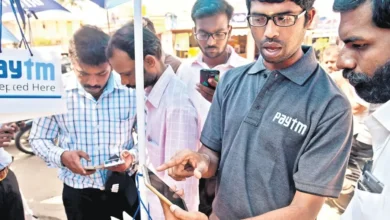Expert: Neuralink technology may initially target individuals with paralysis
In New Delhi, Dr. Kameshwar Prasad, an emeritus professor of neurology at AIIMS, expressed insights into Elon Musk’s endeavors with Neuralink technology. Musk aims to capture brain signals, utilizing the Neuralink chip to wirelessly store, enhance, or transmit messages from the brain to a computer or other parts of the body.

Typically, our entire body is intricately connected to the brain, with messages facilitating communication between the brain and specific body parts for various functions. In cases of paralysis due to spinal cord injury, this transmission system is disrupted. Dr. Prasad highlighted that Neuralink’s brain-machine interface, facilitated by an implanted chip, restores wireless communication. This enables individuals with paralysis to execute basic functions, such as controlling movements through thoughts, using mobile devices.
Primarily designed for those with paralysis resulting from spinal cord or nerve injuries, the technology initially focuses on cases where brain function remains intact while transmission is impaired. Dr. Prasad envisions future applications extending to restoring limb and memory functions.
Regarding Neuralink’s aspirations to utilize the technology for vision, motor function, speech, and altering the human experience, Dr. Prasad noted potential vision restoration where the brain’s visual cortex remains intact, and only transmission is disrupted. The brain-machine interface can help reestablish connections and restore vision.
However, Dr. Prasad cautioned about potential risks, including seizures, infection, bleeding, hemorrhage, and the body rejecting the implanted device. He emphasized the importance of accurately replicating the well-coordinated transmission between the brain and body parts to avoid miscommunication and potential setbacks.







